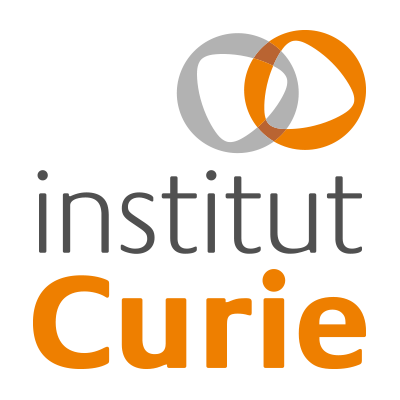NARILIS lunch seminar | Pedro MONTEIRO, Institut Curie, Paris
- https://www.narilis.be/events/narilis-seminar-pedro-monteiro
- NARILIS lunch seminar | Pedro MONTEIRO, Institut Curie, Paris
- 2024-05-24T12:45:00+02:00
- 2024-05-24T14:00:00+02:00
- When May 24, 2024 from 12:45 PM to 02:00 PM (Europe/Brussels / UTC200)
- Where UNamur, L12 auditorium
-
Add event to calendar
 iCal
iCal
We are pleased to invite you to a seminar given by
Dr. Pedro Monteiro, PhD
Postdoctoral researcher at Institut Curie, Paris
Team "Membrane and Cytoskeleton Dynamics" (team leader : Philippe Chavrier)


His seminar is entitled:
"Cell plasma membrane dynamics in the control of cancer cell invasion"
Tumour cell invasion relies on cancer cell’s ability to migrate away from primary lesions by navigating through the dense and highly complex tumour microenvironment. The extracellular matrix (ECM), a major component of the tumour microenvironment, is predominantly composed of collagen fibres that support but also obstruct cancer cell invasion. A thorough coordination between collagen fibres sensing and cleavage is crucial for effective cancer cell dissemination. Cells can sense changes in their environment through caveolae, plasma membrane (PM) invaginations that confer a membrane reservoir that could be used by cells when submitted to important stresses. Collagen fibres can be cleaved by F‐actin‐based PM structures called invadosomes through the combined action of protease-based collagenolytic activity and actin‐based pushing forces applied on fibres. However, it remains unknown whether a potential crosstalk between caveolae‐based sensing and invadosome‐based cleavage of ECM exists. In this talk, I will discuss how caveolae and invadosomes are present along PM-collagen fibres contact sites in a closed proximity and rigorously excluded manner, in a process involving beta1 integrin. We showed that caveolae and beta1 integrin are intimately linked at the cell surface with beta1 integrin controlling caveolae recruitment to collagen fibres. In turn, caveolae mediates beta1 integrin recycling from the PM in a process dependent on invadosomes‐based collagen cleavage. Taken together, we propose a model where an interplay between invadosomes and caveolae takes place in cancer cells to coordinate cell adhesion to the fibres and their cleavage to fine‐tune tumour cell invasion.
Invited by Prof. Alison Forrester, UNamur, URBC
 NAmur Research Institute for LIfe Sciences
NAmur Research Institute for LIfe Sciences

